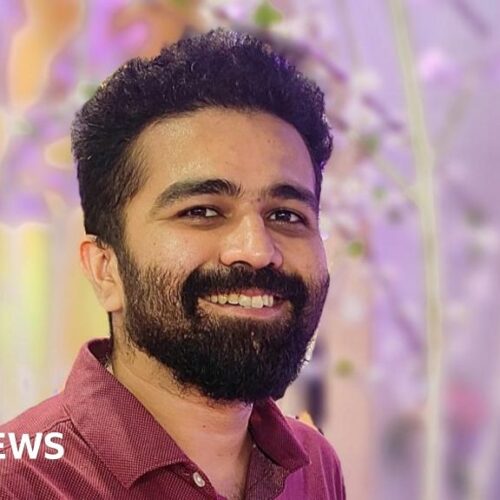Sanskrit, although not widely spoken, is the sacred language of Hinduism and has been used in India’s science, philosophy, poetry and other secular literature over the centuries.
Panini’s grammar, known as the Astadhyayi, relied on a system that functioned like an algorithm to turn the base and suffix of a word into grammatically correct words and sentences.
However, two or more of Panini’s rules often apply simultaneously, resulting in conflicts.
Panini taught a “metarule”, which is traditionally interpreted by scholars as meaning “in the event of a conflict between two rules of equal strength, the rule that comes later in the grammar’s serial order wins”.
However, this often led to grammatically incorrect results.
Mr Rajpopat rejected the traditional interpretation of the metarule. Instead, he argued that Panini meant that between rules applicable to the left and right sides of a word respectively, Panini wanted us to choose the rule applicable to the right side.
Employing this interpretation, he found the Panini’s “language machine” produced grammatically correct words with almost no exceptions.





